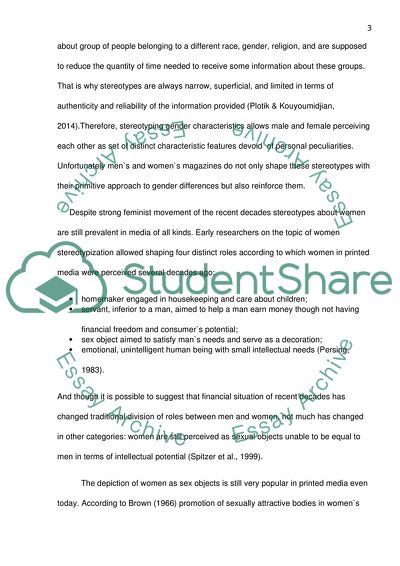Cite this document
(Gender Stereotypes in Magazines Literature review Example | Topics and Well Written Essays - 1500 words, n.d.)
Gender Stereotypes in Magazines Literature review Example | Topics and Well Written Essays - 1500 words. https://studentshare.org/gender-sexual-studies/1860894-analyse-and-account-for-the-stereotype-of-gender-in-magazines
Gender Stereotypes in Magazines Literature review Example | Topics and Well Written Essays - 1500 words. https://studentshare.org/gender-sexual-studies/1860894-analyse-and-account-for-the-stereotype-of-gender-in-magazines
(Gender Stereotypes in Magazines Literature Review Example | Topics and Well Written Essays - 1500 Words)
Gender Stereotypes in Magazines Literature Review Example | Topics and Well Written Essays - 1500 Words. https://studentshare.org/gender-sexual-studies/1860894-analyse-and-account-for-the-stereotype-of-gender-in-magazines.
Gender Stereotypes in Magazines Literature Review Example | Topics and Well Written Essays - 1500 Words. https://studentshare.org/gender-sexual-studies/1860894-analyse-and-account-for-the-stereotype-of-gender-in-magazines.
“Gender Stereotypes in Magazines Literature Review Example | Topics and Well Written Essays - 1500 Words”. https://studentshare.org/gender-sexual-studies/1860894-analyse-and-account-for-the-stereotype-of-gender-in-magazines.


